ERAscience and California NanoSystems Institute (CNSI) at UCLA take great pride supporting the annual Nanovation Competition.
Top three finalists winners were announced May 18, 2024 and granted funds to support their schools’ classroom supplies.
Ten finalist teams comprising middle and high school students, each guided by a teacher leader and UCLA graduate student mentors, created pioneering design and technology business concept proposals from Nanoscience teacher workshops. A jury of UCLA professors and Los Angeles business professionals, including ERAscience CEO and founder of the annual Nanovation Competition Denise Avchen, awarded science classroom supplies to the students’ affiliated schools.
The future of nanotechnology appears brighter than ever, thanks to the visionary strides made by these remarkable winners.

Denise Avchen (right), ERAscience CEO and founder of the annual Nanovation Competition, congratulates finalist winners at Nanovation 2024.
“So proud of all the finalist teams and winners at Nanovation 2024! The vision, creativity and dedication you displayed in developing your projects were phenomenal! It’s been an honor to have created and collaborated with the truly brilliant professors and educators at CNSI on this life changing program near a decade ago. Love you guys!!” ~ Denise
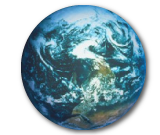


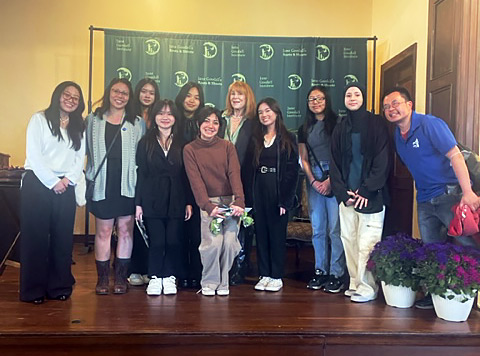
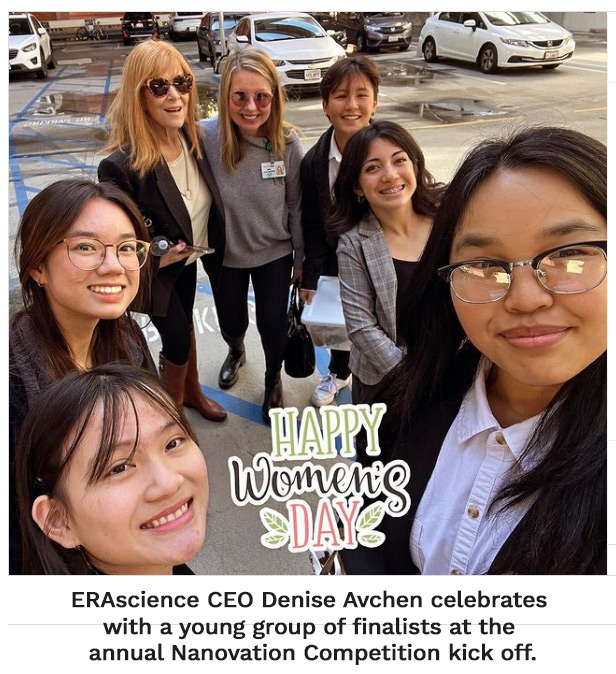



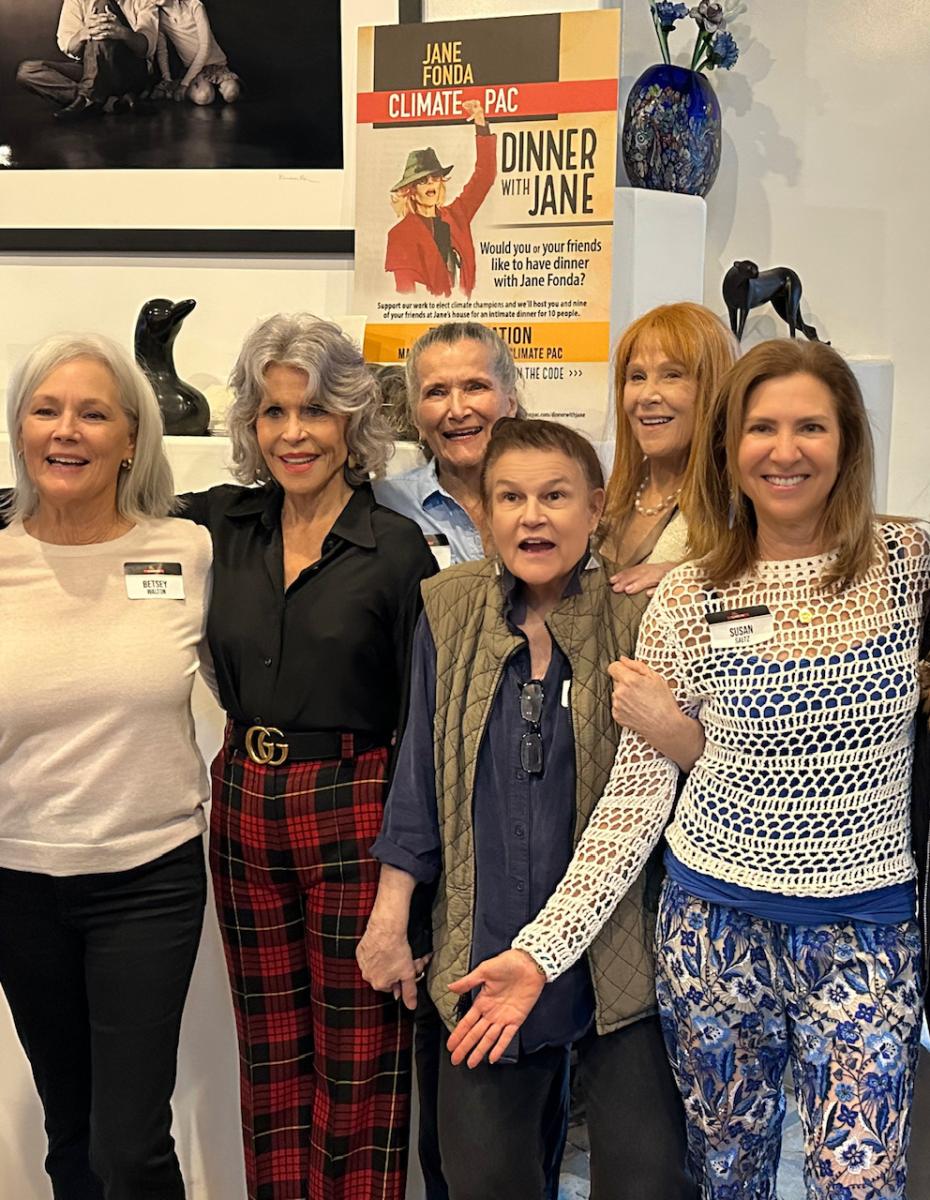








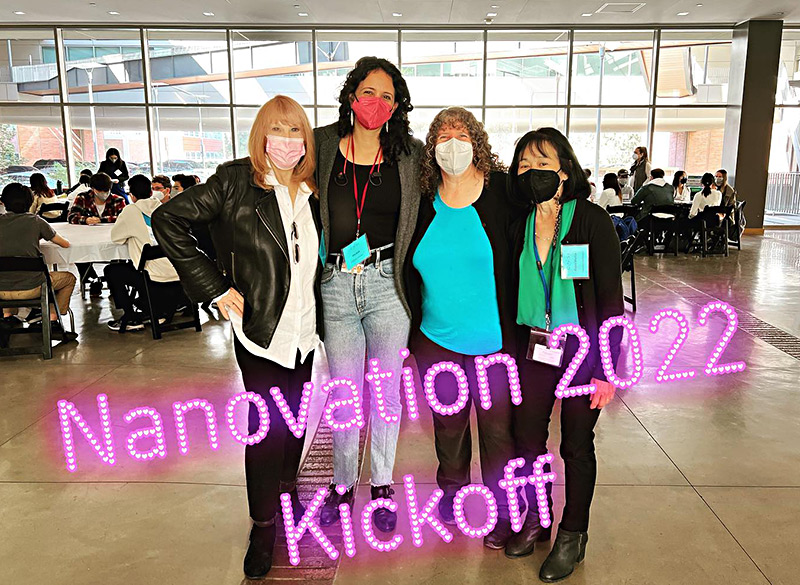


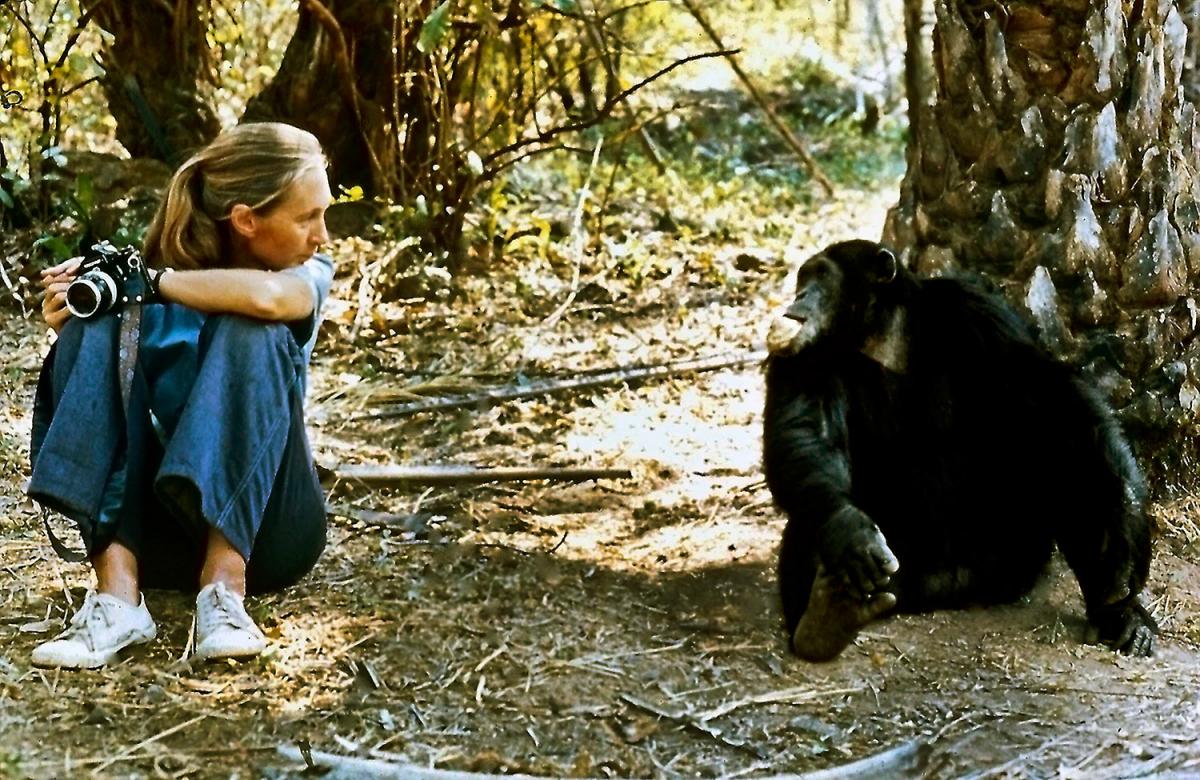



 Many credible environmentalists and scientists agree society needs to be less reliant on petroleum and the grid. As a world consortium, we all realize the dependence the human population has on non-renewable resources such as fossil fuels that power 80% to 90% of all humankind's energy needs. Aside from inevitable depletion of natural non-renewable resources and the destruction to the planet's eco-system, current energy systems cannot sustain a growing population indefinitely. The solution is the human population itself; why not use the human body as that alternative renewable energy source we all will eventually need?
Many credible environmentalists and scientists agree society needs to be less reliant on petroleum and the grid. As a world consortium, we all realize the dependence the human population has on non-renewable resources such as fossil fuels that power 80% to 90% of all humankind's energy needs. Aside from inevitable depletion of natural non-renewable resources and the destruction to the planet's eco-system, current energy systems cannot sustain a growing population indefinitely. The solution is the human population itself; why not use the human body as that alternative renewable energy source we all will eventually need?